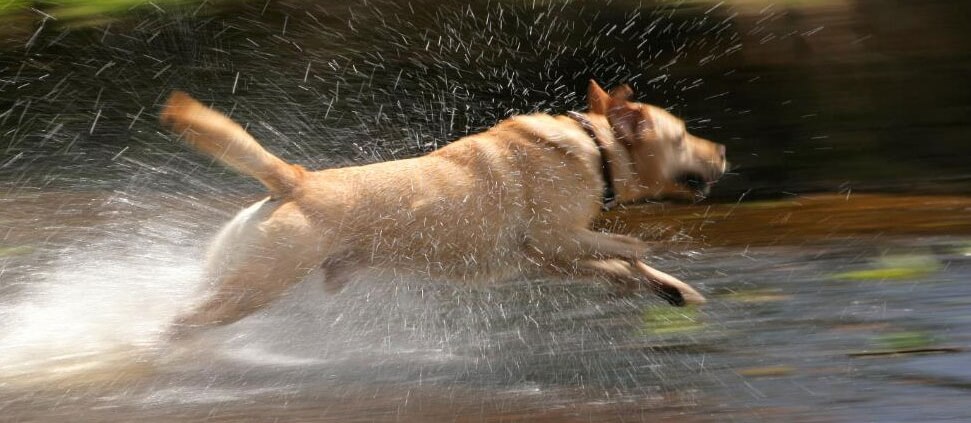Risk a fine up to £20,000 for leaving dogs in hot cars!
Car owners are being urged not to leave their dog in the car on a hot day as it could land you some huge fines and other punishments.
UK motorists are being warned to not leave their dog unattended in a car on a hot day. Authorities urge you to keep animals safe and comfortable on car journeys and not in any danger.
Over the summer months, humid conditions in the UK could send temperatures soaring to as high as 38 degrees Celsius.
Road safety officers warn that it’s both dangerous and illegal to leave an animal in a hot vehicle. Yet still we are seeing posts and videos on Facebook of dogs being rescued from hot cars!
If a dog becomes ill or dies, the owner is likely to face a charge of animal cruelty under the Animal Welfare Act 2006. This offence can bring a prison sentence of up to six months in custody and/or a fine of up to £20,000.
Dog Safety – Motorist Guidelines:
- Leave your dog at home on warm days.
- If you do need to transport your dog, bring plenty of fresh drinking water, and a bowl. Ensure your dog is able to stay cool on a journey.
- Don’t let your dog travel unrestrained. Use of a crate or seat belts and travel harnesses is advised. Not buckling up your pet in the car could land you with a £5,000 fine and invalidate your insurance!
- If you suspect your dog might be too hot. You will need to stop somewhere safe for a good drink of water. Animals are unable to sweat in the way that humans can. Dogs cool themselves by panting and sweating through their paws.
- If you have left your dog in the car on a hot day. Be aware it only takes a few minutes to succumb to the symptoms of heatstroke.
- If you suspect your dog is developing heatstroke on a journey, stop somewhere safe and take into the shade or to somewhere cool. However, if signs of heat exhaustion become apparent (for example excessive thirst, heavy panting, rapid pulse, fever, vomiting, glazed eyes, dizziness), you should go straight to a vet.
- If you see a pet in a vehicle on a hot day, take immediate action. For example, if you’re in a supermarket, roadside service area or garden centre car park, note the car make, model, colour and registration number. Go inside and ask for an announcement to be made. If this doesn’t bring the owner out, or you’re in a location where finding the owner is impossible, then dial 999 and ask for the police.
Leaving a dog or any pet for that matter is extremely dangerous!
People believe that it is okay to leave a dog in a car on a warm day. Windows are left open or the car is parked in the shade. The truth is, it’s still a very dangerous situation for a dog.
A car can become as hot as an oven very quickly. Even when it doesn’t feel that warm to you, there is danger to your dog. If it iss 22 degrees outside, in a car it can reach an unbearable 47 degrees within an hour.
It is best to leave your dog at home. If your dog is left outside, make sure there is plenty of shade, water and no means of escape.
Dog Fence offers a great invisible fence solution to ensure your beloved pet remains contained within your property boundaries, when a static fence is not enough of a deterrent!
We urge you to share this post and keep the awareness going!







